The Sun And Moon: Masculine And Feminine Energies In Sync
For many centuries, different cultures have assigned the sun the characteristic of “masculine” and the moon the characteristic of “feminine.”
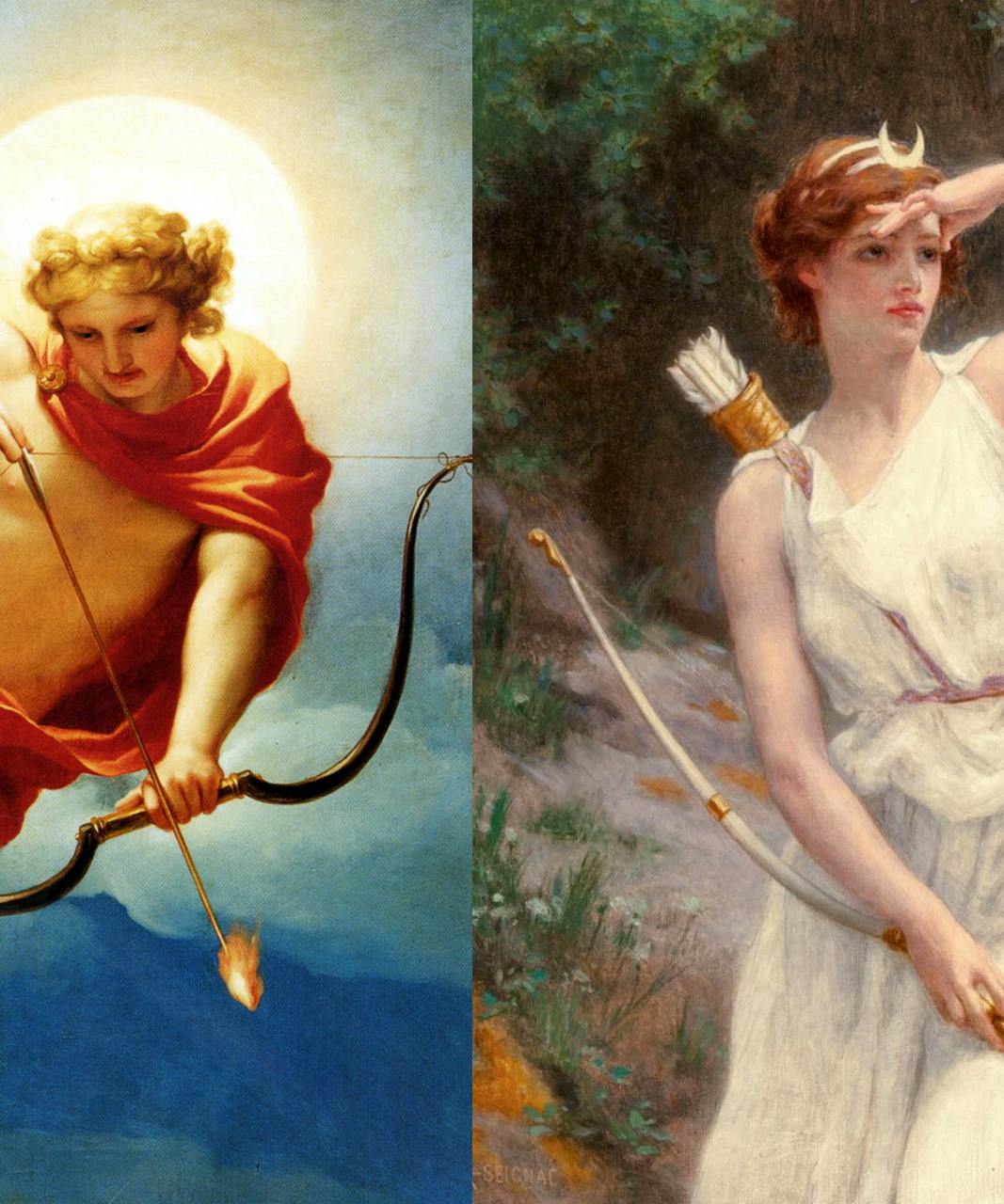
I used to think this was the reverse. The sun is warm (feminine), and the moon is cool (masculine), right? But after I thought about it more and observed these celestial bodies over time, I started to notice how assigning these archetypes make sense. The essence of the sun relates to male qualities, and the essence of the moon to female qualities, and they’re inherently connected and in sync with one another.
The History of the Sun and Moon in Mythology
In many cultural mythologies the world over, the moon was considered a female goddess, and the sun was considered a male god, or even the one and only god to be worshiped.
To the Tiv tribe in Africa, the sun is a male deity and the moon is his daughter. The Aztecs worshipped Huitzilopochtli, the sun god, and the moon goddess Metztli, who feared the sun’s fire. The Incas worshipped Mama Quilla, the moon mother who they considered to be the wife of the sun god Inti.
In ancient Greek mythology, Helios was the sun god who was pulled across the sky by a chariot of horses.
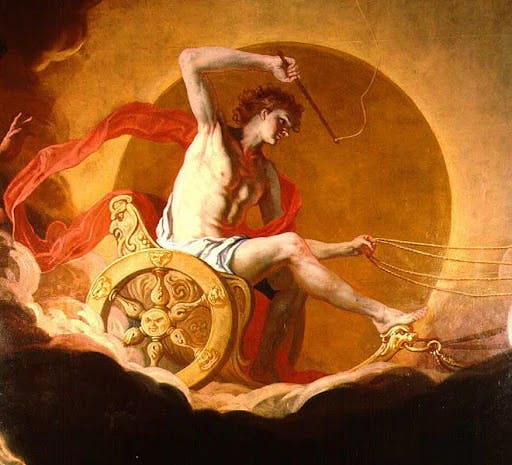
“Helios On His Chariot” by Hans Adam Weissenkircher, 1685
The Greek goddess Artemis was the goddess of the hunt, chastity, and the Moon. She is often depicted with a half-moon crown.
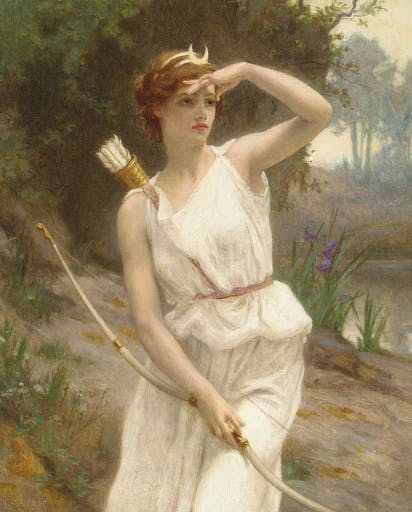
“Diana, The Huntress” by Guillaume Seignac, 1870-1924. Diana was the Roman name for Artemis.
The actual ancient Greek personification of the moon was the feminine Selene, depicted here in this painting by French painter Albert Louis Aublet.
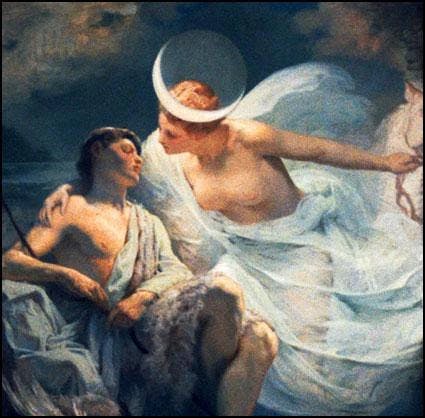
In the Chinese philosophy of Tao, the sun and the moon are two parts of the yin and yang. The yang is the male element in the universe, associated with the positive, active, light, and daytime. The yin is the feminine element in the universe, and includes the negative, passive, intuitive, dark, and nighttime.
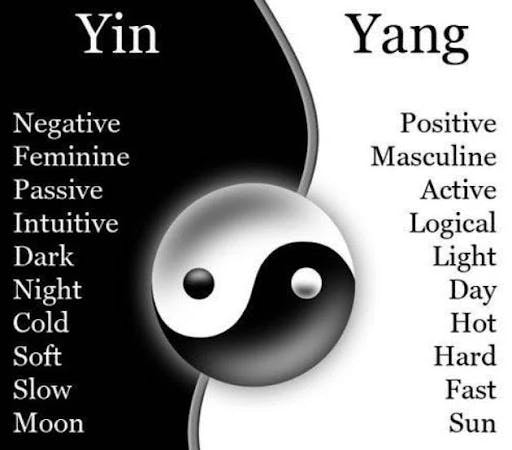
These male/female personifications show up throughout cultures over the course of human history. What were people noticing about the sun and moon that led them to personify these celestial bodies this way?
The Masculine Sun
The sun is considered masculine because it penetrates. The light of the sun radiates outwards from space and into the earth. This light provides the conditions that are necessary for creating life.
The sun’s rays are constant and unwavering. It’s always shining, even behind clouds or during an eclipse. The bright light it gives is strong enough to burn you, no matter what. The sun symbolizes male energy, which is associated with being strong and dependable.
Maybe you’ve heard the “three P’s” for men, which describe men’s three main duties: to provide, to protect, and to procreate. You could say the sun follows these “three P’s” – it provides light to the earth which allows procreation to happen, and it protects us from…well, freezing to death!
The sun is male because it has a 24-hour cycle, which echoes the 24-hour hormonal cycle in men.
The sun is also metaphorically male because it has a 24-hour cycle, which echoes the 24-hour hormonal cycle in men. In the morning, testosterone is highest, waning in the afternoon, and lowest at night, much like the daylight.
Due to the sun's gravitational pull, all the planets in our solar system orbit around it. Perhaps this is similar to the effect of a masculine man – he doesn’t have trouble attracting people and opportunities, he pulls them into his orbit.
The Feminine Moon
The moon is considered feminine because the moon is, well, moody! It has phases where it changes and shifts. This is not a bad thing – women are mercurial, much like the moon.
As we know, the moon doesn’t make its own light, but it receives and reflects the sun's light. This is symbolic of how a woman receives the offerings of a man, and reflects his affections. Women receive and amplify what a man gives to them (hello, babies!), just as the moon takes the light of the sun after it’s gone down and continues to amplify it.
The moon is very alluring; it’s mysterious and fascinating, much like a woman’s nature. It moves the tides of the ocean – symbolically, the ocean represents the realm of emotions, which is associated with the feminine in mythology.
The moon has a 29-day cycle, just like women have a 25-30 day hormonal cycle.
Whereas the sun has a 24-hour cycle, like men do, the moon has a 29-day cycle, just like women have a 25-30 day hormonal cycle. A moon phase cycle, during which the moon’s visibility waxes and wanes, takes 29.5 days, and the average menstrual cycle is 28 days. Many women report that their period arrives on or around a full moon. Research is somewhat contradictory, but some have hypothesized that artificial lighting may unlink women’s menstruation to the lunar cycles, and in ancient times “human reproductive behavior was synchronous with the Moon.” Personally, I have heard many anecdotes from women who say their cycle links to the moon. In some circles, it’s called a red moon or white moon cycle.
Closing Thoughts
Like men and women, the sun and moon are in sync with one another. The interplay of the sun and moon is symbolic of the interplay of women and men on earth. The relationship of the sun to the moon inspires us to think about the mystical relationship between the archetypes – the sun unwaveringly gives light to the moon, and she (sometimes shyly) receives it and reflects it. While this metaphor is in no way perfect (we all have masculine and feminine qualities), it’s fun and inspiring to meditate on the similarities!
We want to know what you think about Evie! Take the official Evie reader survey.